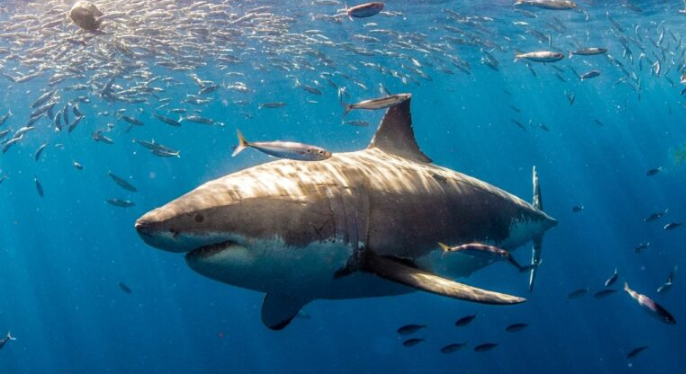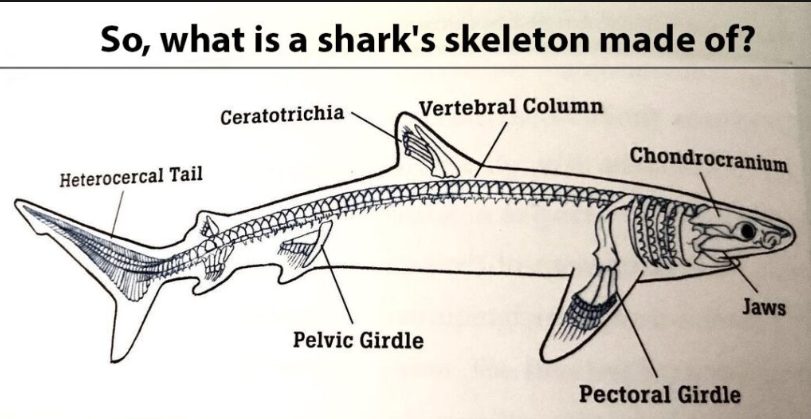Demystifying Shark Anatomy: How Many Bones Does a Shark Have?
Sharks, with their sleek and intimidating appearances, are fascinating creatures that have captured the imagination of many. One question that often arises when discussing shark anatomy is: How many bones does a shark have? In this article, we will explore the intriguing world of shark biology and unveil the surprising truth about their skeletal structure.

Sharks, with their sleek and intimidating appearances
1. The Astonishing World of Sharks
Sharks are a diverse group of fish known for their incredible adaptability and unique features.
These apex predators have roamed the oceans for over 400 million years, evolving into a wide range of species, each with its own set of characteristics.
2. Understanding the Skeletal Structure
To comprehend the number of bones in a shark, it's essential to recognize that sharks are cartilaginous fish
Unlike humans and many other animals, they do not possess a traditional bony skeleton.
Instead, their skeletons are primarily composed of cartilage, a flexible and lightweight tissue that provides support.
3. Cartilaginous Fish vs. Bony Fish
Sharks belong to a group of fish called "cartilaginous fish," which includes rays and skates.
Bony fish, on the other hand, have skeletons made of hard bone. This fundamental difference in skeletal composition sets cartilaginous fish apart from their bony counterparts.
4. The Role of Cartilage in Shark Skeletons
The cartilaginous nature of a shark's skeleton offers several advantages:
-
Flexibility: Cartilage allows sharks to move swiftly and maneuver gracefully through the water. It provides a level of flexibility that would be challenging to achieve with a rigid bony skeleton.
-
-
Lightweight: Cartilage is considerably lighter than bone, contributing to a shark's buoyancy and agility.
-
-
Durability: While cartilage is not as hard as bone, it is remarkably durable. It can withstand the forces exerted on a shark's body during hunting and feeding.
5. So, How Many Bones Does a Shark Have?
The surprising answer is that sharks have no true bones. Instead, their skeletons consist of cartilage in the form of cartilaginous plates and rods.
These cartilaginous structures provide support to the shark's body, including its jaws and fins, without the need for a bony framework.
6. Evolutionary Advantages
Sharks' cartilaginous skeletons have evolved to meet the specific challenges of their marine environment.
This lightweight and flexible skeletal structure allows them to excel as apex predators, efficiently hunting and navigating the oceans.

Shark's Skeleton made of
In the world of marine biology, sharks are unique and remarkable creatures with a skeletal structure that sets them apart from many other animals. Contrary to animals like humans, who have a substantial number of bones forming their skeleton, sharks rely on cartilage to provide support and flexibility.
So, the next time you find yourself pondering the question of how many bones a shark has, remember that the answer is none at all. Sharks are a testament to the diversity of life on Earth, showcasing nature's incredible ability to adapt and thrive in various environments, even without traditional bones. Their cartilaginous skeletons are a key part of what makes them some of the most awe-inspiring creatures in the ocean.